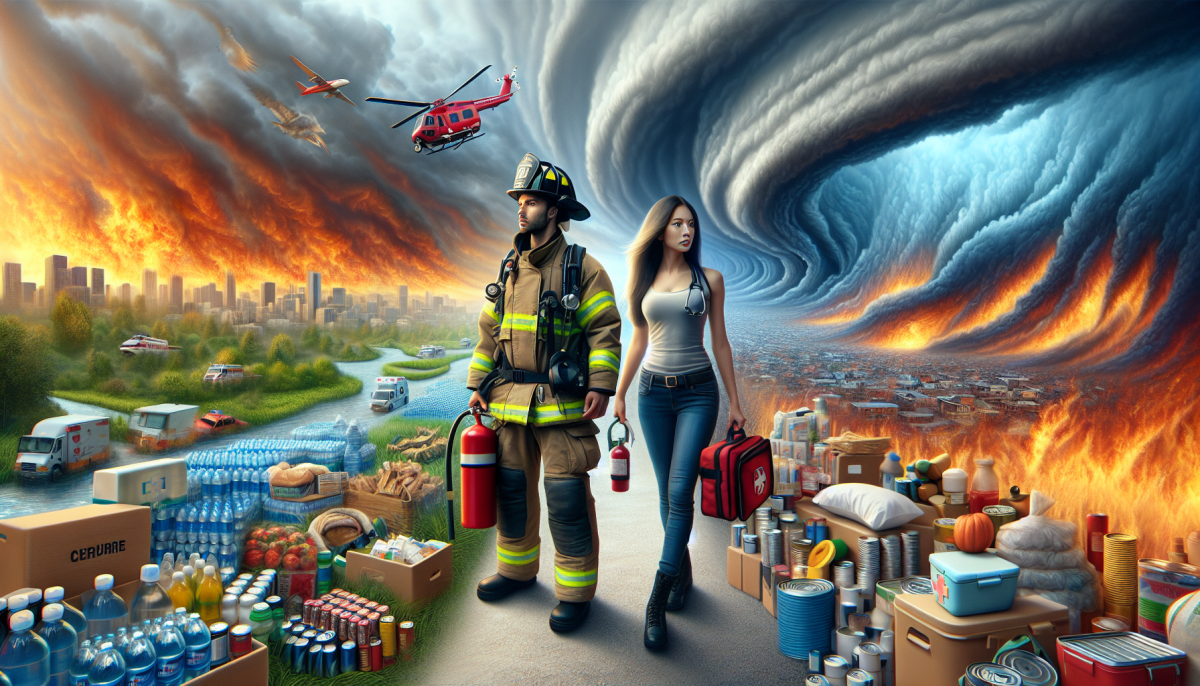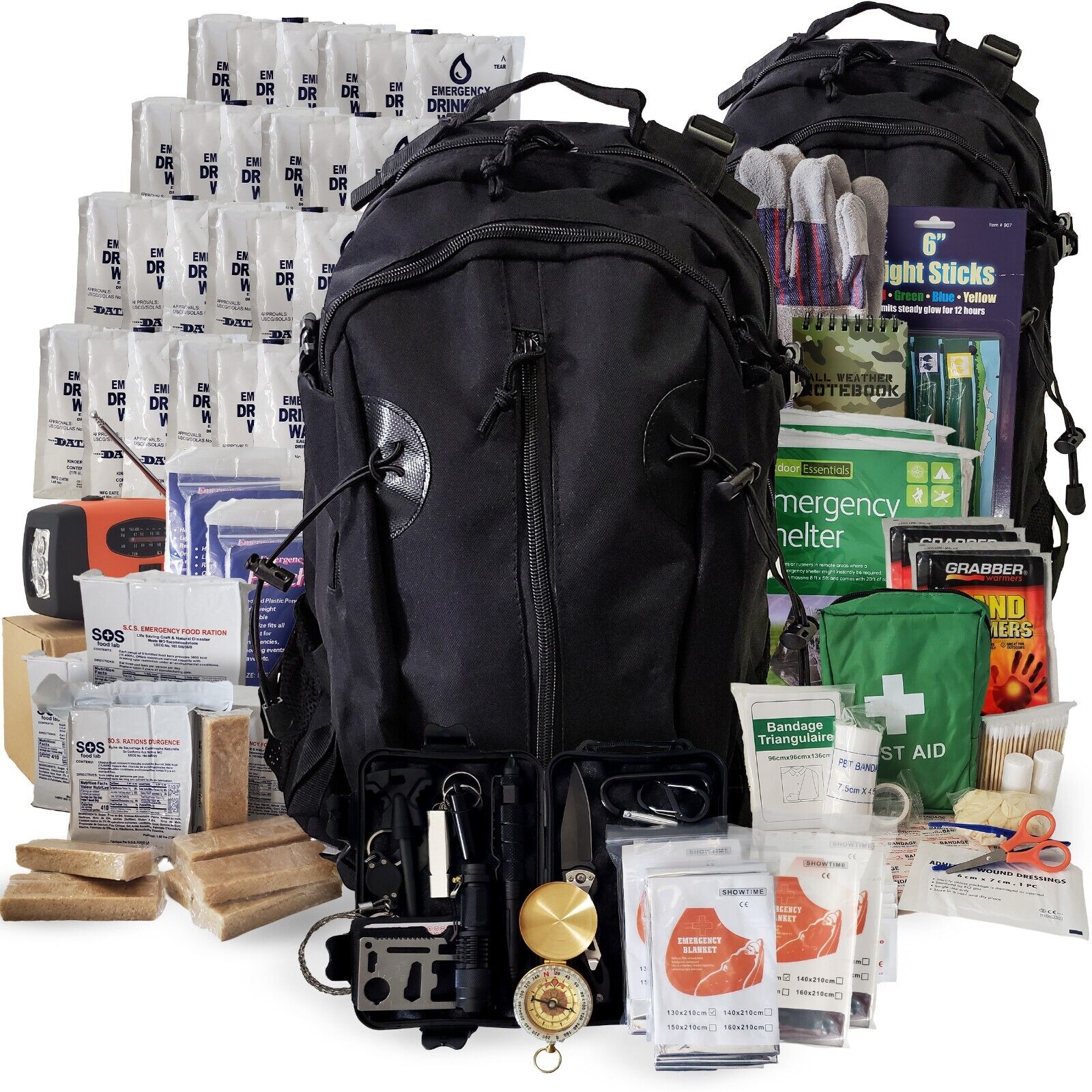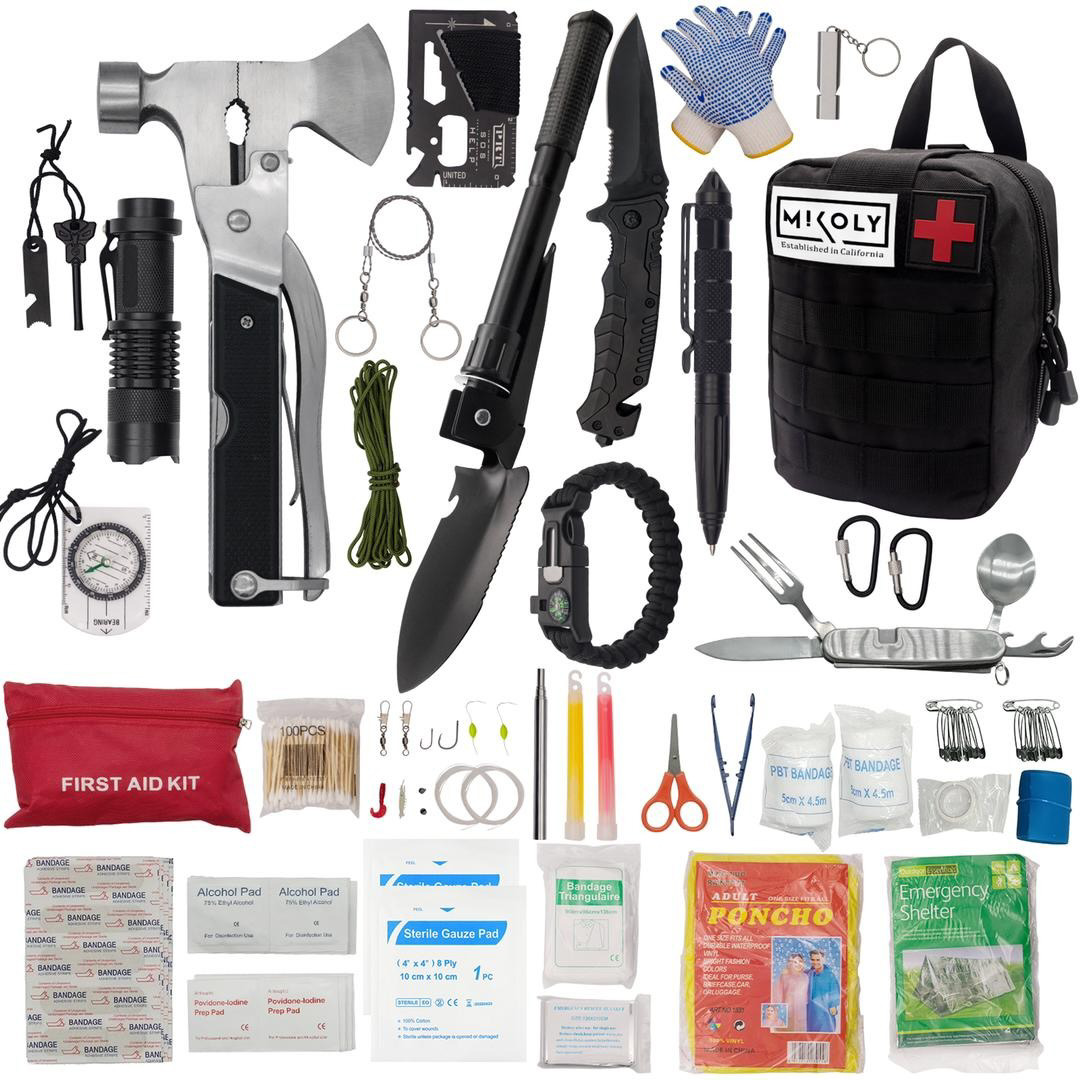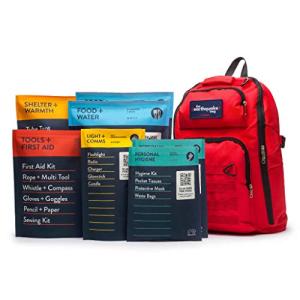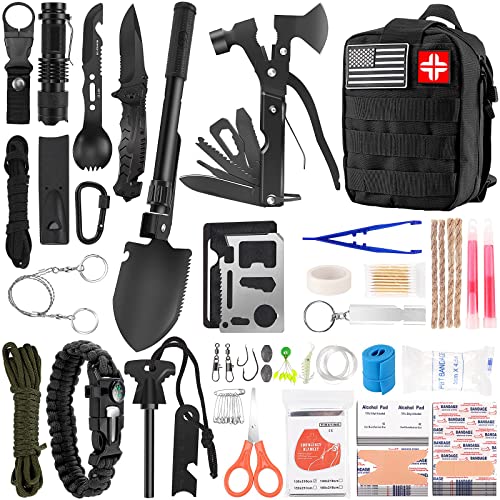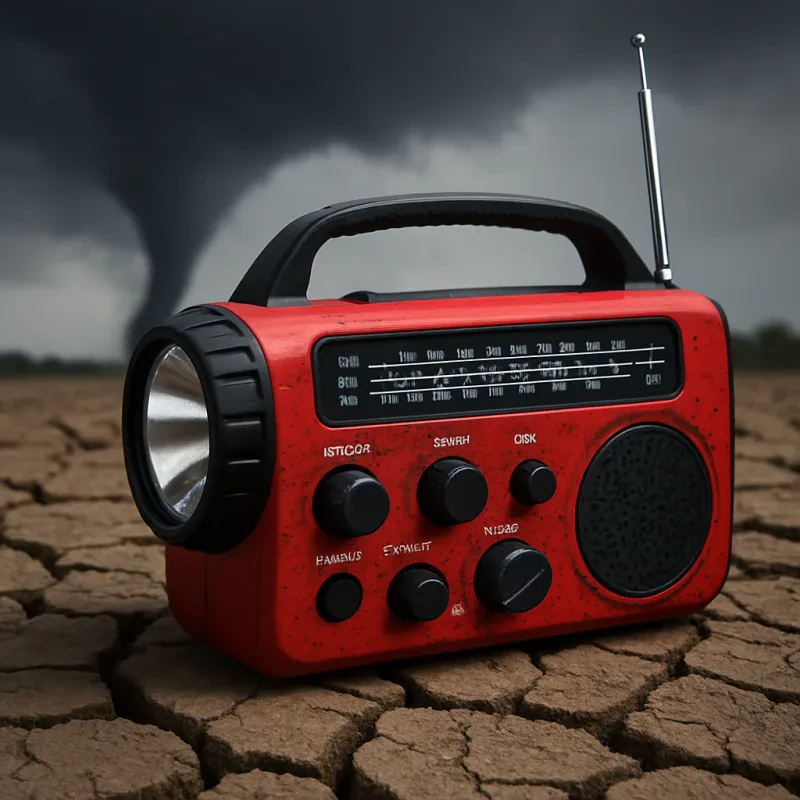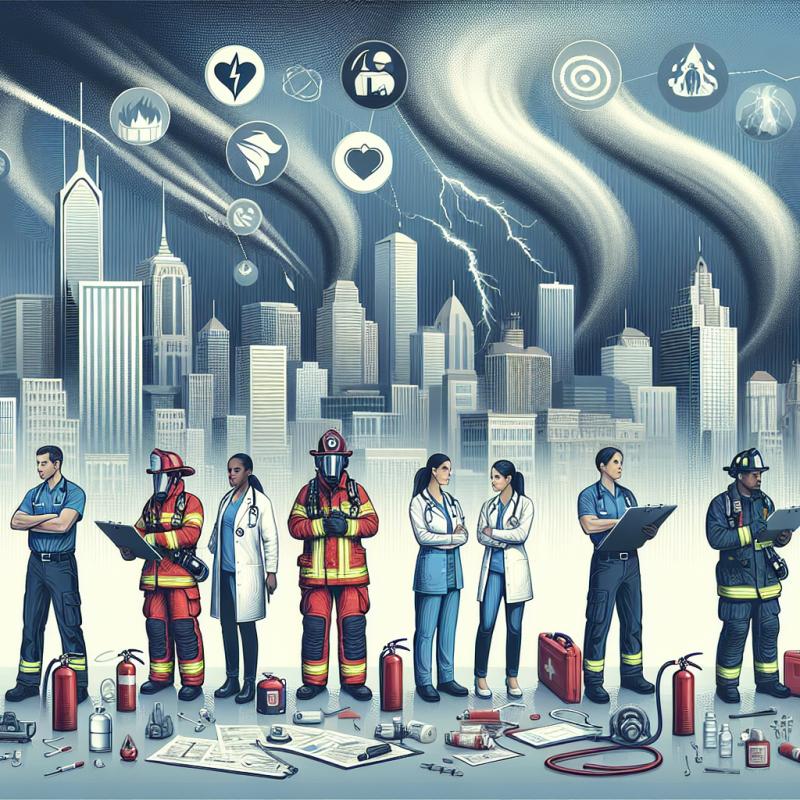Disasters can strike at any time, anywhere, and with little or no warning. They can cause damage, injury, and death, and disrupt essential services such as water, electricity, and communication. Being prepared for any disaster can help you and your family survive and recover faster.
Here are some steps you can take to be prepared for any disaster:
Know the risks in your area.
Different types of disasters have different impacts and require different responses. For example, if you live in an earthquake-prone area, you should know how to drop, cover, and hold on during a quake. If you live in a flood-prone area, you should know how to evacuate to higher ground. You can find out the risks in your area by checking with your local authorities or visiting https://www.ready.gov/plan.
Some examples of common disasters and their risks are:
- Earthquakes: can cause buildings to collapse, fires to break out, landslides to occur, and tsunamis to form.
- Floods: can submerge roads, bridges, homes, and crops, and contaminate water sources.
- Hurricanes: can bring strong winds, heavy rain, storm surges, and coastal erosion.
- Tornadoes: can destroy structures, vehicles, and power lines, and hurl debris at high speeds.
- Wildfires: can spread rapidly, consume vegetation and structures, and create smoke and ash.
Make a plan.
A plan can help you and your family know what to do, where to go, and how to communicate in case of a disaster. Your plan should include:
- A written list of emergency contacts, such as family members, friends, neighbors, doctors, and local authorities. Keep them in your wallet or phone.
- Choose a meeting place that is familiar and easy to find where you and your family can reunite if you get separated.
- Map out an evacuation route and a place where you can stay if you have to leave your home. Practice driving or walking it with your family.
- A list of items you need to take with you, such as medications, documents, cash, and pets.
- Create a way to communicate with your family and friends, such as a phone, a radio, or a social media account. Then test your communication methods and make sure everyone knows how to use them.
You can make a plan online at https://www.ready.gov/plan or use the template provided by FEMA at https://www.fema.gov/media-library/assets/documents/133447.
Build an emergency kit.
An emergency kit is a collection of items that can help you survive and stay comfortable during a disaster. Examples of what your emergency kit should include:
- Water bottles or jugs that are sealed and labeled with the date. Need 1-gallon per person per day for at least three days.
- Non-perishable items like canned or dried food that has a long shelf life and is easy to prepare and do not require cooking or refrigeration for at least three days.
- Multipurpose Flashlight and extra batteries
- First aid kit with bandages, antiseptic wipes, pain relievers, scissors, tweezers, etc. and prescription medications.
- Radio and extra batteries or a hand-crank radio that can receive AM/FM or NOAA weather channels.
- Whistle that is loud enough to be heard over noise or distance.to signal for help
- Dust mask that fits snugly over your nose and mouth to filter contaminated air.
- Plastic sheeting and duct tape that can cover windows or doors or create a shelter.
- Moist towelettes that can clean your hands or face without water.
- Garbage bags, and plastic ties for personal hygiene that can store waste or belongings.
- Wrench or pliers to turn off utilities valves like gas or water.
- Can opener that is manual or battery-operated for food.
- Local maps that show roads, landmarks, shelters, etc.
- Cell phone with chargers and a backup battery that has emergency numbers programmed and saved.
You can find more information on how to build an emergency kit at https://www.ready.gov/kit.
Or buy a complete premade emergency kit already done-for-you like:
4-Person Survival Backpack for 72 Hours
Be Prepared for Anything with Our 4-Person Survival Backpack
Product information
$219.95
Product Review Score
4.61 out of 5 stars
128 reviewsProduct links
Stay informed.
Staying informed can help you know what is happening, what actions to take, and where to get help during a disaster. You can stay informed by:
- Register for alerts that can send you text messages, emails, or phone calls about emergencies in your area, or the National Weather Service at https://www.weather.gov/alerts.
- Tune in to a radio or TV station that broadcasts emergency information, updates and instructions.
- Follow the accounts of your local authorities, emergency agencies, or reputable news outlets on social media or websites.
- Verify information you receive from other sources before acting on it or sharing it with others to avoid panic or confusion.
You can find more tips on how to stay informed at https://www.ready.gov/stay-informed.
Final Thoughts
Being prepared for any disaster can make a big difference in your safety and well-being. By following these steps, you can be ready for whatever comes your way.
